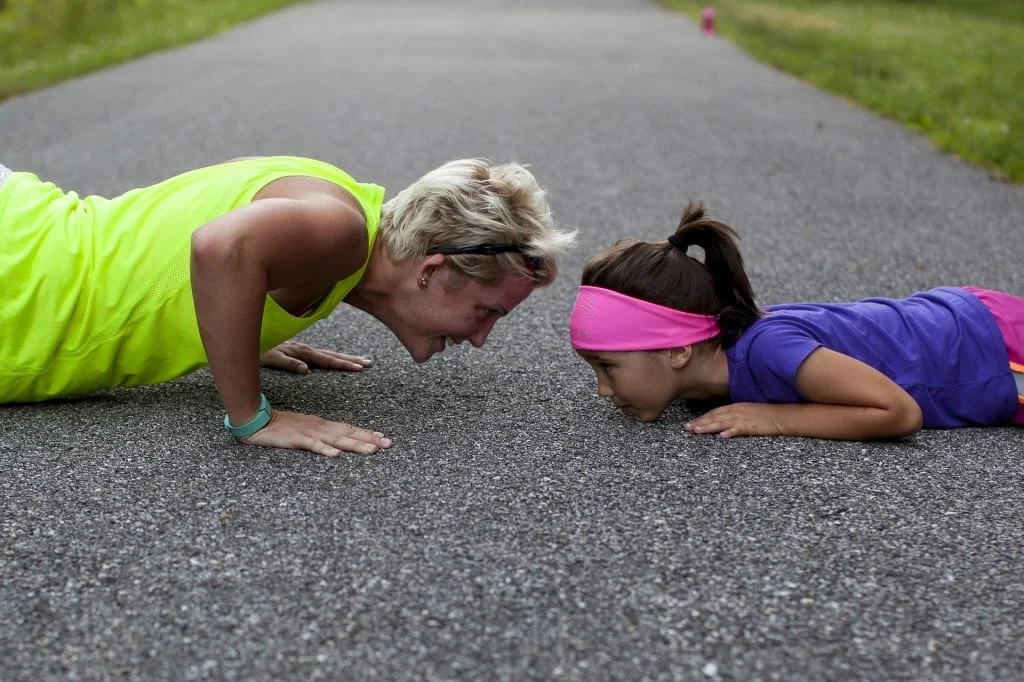Is your child being bullied? Take these three steps.
by Jude Goodwin
Today is Pink Shirt Day, an anti-bullying day held in Canada and other parts of the world, where people wear a pink-coloured shirt to stand against bullying.
I’ve raised three children and helped with 5 grandchildren and I’ve learned through those years that bullying by children is modeled after bullying by the adults in their lives. And in fact, bullying is an accepted behaviour, when undertaken by an adult.
My youngest daughter was bullied first in ballet school at the age of 3. Then she was bullied by a daycare person. She was bullied in preschool by a teacher. She was bullied in Brownies by a leader. She was bullied by her gymnastics coach. And in grade 5 she was bullied by a teacher who created an environment of shame and bullying in the way he ran his classroom. And of course, in all these cases, the children around her copied the adults and also bullied her.
Parents need to be vigilant. In the case of the gymnastics coach, the woman contacted me to complain that my daughter, then seven, was bullying the other children. So I started to attend and observe what was going on. It was immediately apparent that the coach used tactics of shame and bullying (not uncommon in sport) in her coaching, and my daughter was copying her. “I’m helping the teacher,” she told me.
I wrote the following article below a few years ago and wanted to share it today to help those of you who are struggling with a child being bullied.
Is Your Child Being Bullied?
Take These Three Steps
First published on Vocal Media 2018 - Before I talk about this subject I want to clear the air. Fact: Everyone experiences bullying at one point or another in their lives. Everyone. It might come from a teacher, classmates, a sports coach, a family member. It happens. Bullying is an unfortunate part of human society.
But some people may have a harder time with it than others. And this is where I believe I can help.
My daughter was a bright, beautiful, funny child. But she had a learning disability. Her parents were divorced. She entered puberty very early. She was queer. All these things may have contributed to bullying which became more and more pervasive and damaging as she grew up. It impacted her learning, her friendships, her happiness. I was distraught. And the bullying itself came from everywhere. Her teachers. Her classmates. A gymnastics coach. Family. I wanted to scream at them all and snatch her away, tuck her back into my arms with her stuffies and her fairy collection and her books about dragons. But of course, we had to move forward. But how?
So I googled it, I took books out of the library, I talked things over with my counsellor, other parents, friends. And then I took steps. And I'm going to share these steps with you.
1. Look Beyond School
It's absolutely essential that you find activities for your child that are outside of school. She needs to cultivate relationships that are not part of the social circles in her schoolyard. And if these activities involve groups of people, that's even better.
Activities outside of school will help her develop a broader self-image, and teach her to strengthen her inner frame of reference. How she views herself is so dependent on how she thinks others are viewing her, especially during her early social years. If she is exposed to a wide variety of social groups and experiences, her frame of reference will have to stretch to include more and more viewpoints. Until, finally, it resolves into a strong self-image.
If the activities outside her school involve a diverse group, all the better! Lots of different ages, for example, including adults! A collection of genders. Different cultures.
When my daughter and I were dealing with bullying, she was in middle school. First we found a local theatre group that was producing a "Junior" version of a famous play (Charlie and the Chocolate Factory). The cast was made up of adults and kids and lots of volunteer parents and community members. It was a fantastic experience and so apart from the petty and immature antics at her school. My daughter kept up with theatre throughout high school and to this day, decades later, still has solid friendships from those times.
When she turned 13, she registered in Air Cadets. This is a wonderful program for youth—it teaches them survival, leadership, first aid, volunteerism, public speaking and, of course, all things to do with flight. Note: there is also Sea Cadets and Army Cadets out there—and these programs do not encourage joining the armed forces. There is no violence. There is respect, respect, respect. My daughter thrived—and she developed a lot of self-confidence! She could jump in when there was a first aid emergency, she packed her own kit for survival weekends, and she volunteered all around the community.
But there are lots of other options. If your child is sporty, of course, there are a lot of team sports out there! Or, she might like to join a swim club, or a bike riding group. Scouts and Guiding are popular with some kids. Anything that will give your child alternative friend groups and alternative social experiences will do the trick! But be vigilant. Sometimes adults in these groups can be the bullies!
2. Connect with the Community (and the School)
My daughter was not a "team sport" person but she was creative. So when there was an art show in town, she hung her paintings and drawings. Yes! A lot of community art shows will accept work from kids. When there was a writers' group reading, she stood up and read one of her own poems. When there was a fall fair, she put together a collection, or a craft, and she entered it in the fair.
Our community got to know my daughter, and they got to know me—because I was her support team.
This is important. Kids overhear things said by their parents, and if they say negative things about you or your family, it's going to impact your child. But if you and your family are known by a community—if they know what you look like, if they see that you are OK, that you work hard, that you love your kid, that you're a community participant and you do your best no matter what it is—this will be reflected in conversation in their homes.
Additionally, your community will benefit from your participation! Most youth programs and community programs are desperate to have parent involvement. It's shocking how few parents will actually step up and help out even though it can be such a benefit to their children.
The same goes with your child's school. If a teacher never meets the parents, they view the child according to their own frame of reference and if the child is "difficult" (i.e. has a learning disability) they will view that child in a negative way. But if they are able to connect the child to an adult who is involved in the school, who obviously adores the child, and who engages in conversation with the teacher from time to time, that will completely change how the teacher interacts with the child. And it will completely change how the other students in the classroom interact with the child, because the children pick up on the teacher's cues.
So show up at PAC meetings, or Volunteer Days, or be a parent-volunteer at the teen dance. Go to parent-teacher evenings and chat with every teacher. Make sure they all know who you are!
3. Be the Parent Who Drives
If at all possible, be the parent who takes time out of their busy schedule to transit kids to and from activities. The pool. The skating rink. The school craft fair. The teen dance. The mall for an hour or two of shopping.
First, you will be amazed at how quickly your child's status in her social groups changes! Suddenly she'll be the go-to girl for anything fun.
Second, you'll get to know the kids in her social groups—because they'll chatter in your car. You'll get to know the names of everyone, what they like, what their personalities are. And they'll get to know you! This is win-win. These are likely kids that your daughter will be hanging out with when she's a teenager, so better to get to know them now and establish a trusting relationship.
Thirdly, and most importantly, you'll be spending time with your child. Your time is the best thing you can give her. But as she grows into a more social being, it's likely she'll act like she prefers time with her friends over time with you. This is natural! So be the parent who drives.
Of course, if you don't drive or don't have a car, there are many variations of this step. Have your child's friends over; be the parent who has the sleepovers, who buys pizza and puts on movie nights, who sets up the dining room table for an afternoon of crafting, who converts the garage into a gaming room.
And That's It!
Follow these three steps and you'll notice a huge difference in your child's social life within a few months. Kids are resilient and their attentions are easily distracted and influenced. Change the focus from bullying to positive, creative, and exciting interactions.
However, all these steps have one key element: you. You'll need to make time, take time, and spend time on your child's life.
This will be hard for some of you. Maybe you work eight hours and commute two to three every day! Maybe you're shy or introverted. Maybe you are tired, or have health problems. Maybe you were bullied yourself and are turtled as a result. This will challenge you! But you can work around it. Where there's a will, there's a way.
Find activities your child can get to on their own. Talk with other parents and ride-share. Communicate with teachers and community leaders via email and social media. Choose activities that happen on weekends. Enlist the help of family members.
The key point is, don't think your love and home alone are enough for your child. Reach out. Into the schools, the community, the arts, sports, youth activities. Give your child room to spread their wings!
Then be prepared to sit back and watch them fly

